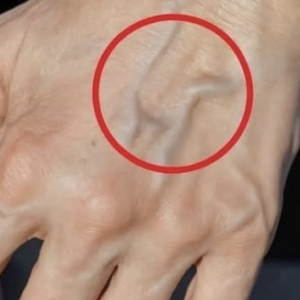Fears of a nuclear conflict are rising amid tensions between Iran, Israel, and the U.S., leading many Americans to ask, “Where’s the nearest fallout shelter?” Though nuclear weapons haven’t been used since 1945, recent global events have fueled anxiety.
During the Cold War, many U.S. bunkers were built. Some still exist, and sites like TruePrepper, run by Air Force veteran Sean Gold, offer maps to find them. However, “many states—especially parts of Florida—now lack adequate shelter coverage.”
The safety of a bunker depends on its distance from the blast, structure, and supplies. Ideal shelters are underground with thick walls, air filters, and enough food and water for extended stays.
Washington D.C. has the most shelters, but as a likely target, it may not be the safest. In contrast, rural areas, though having fewer shelters, might be safer due to lower risk of direct impact.
There’s speculation about hidden bunkers for the elite, but they’re likely inaccessible to the public. For most people, the best strategy is to locate the nearest available shelter and stock up on essentials: “Knowing the nearest shelter, understanding its limitations, and ensuring you have necessary supplies to survive” is key.





